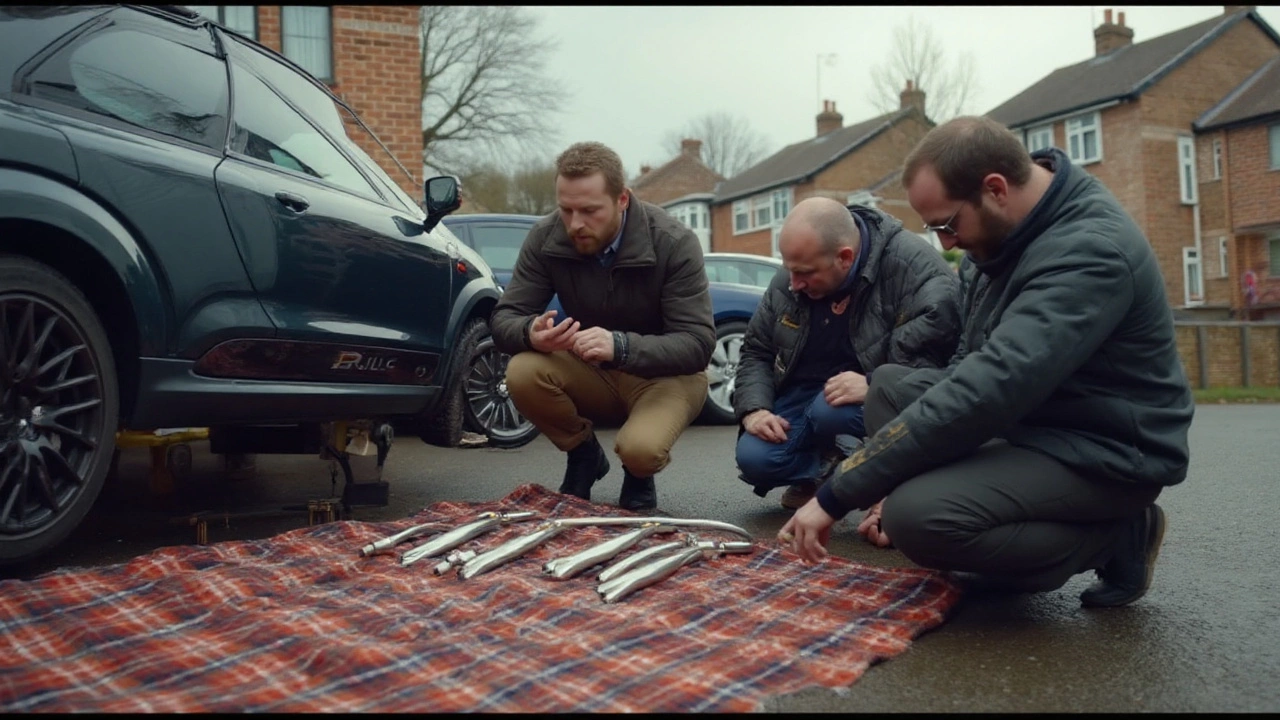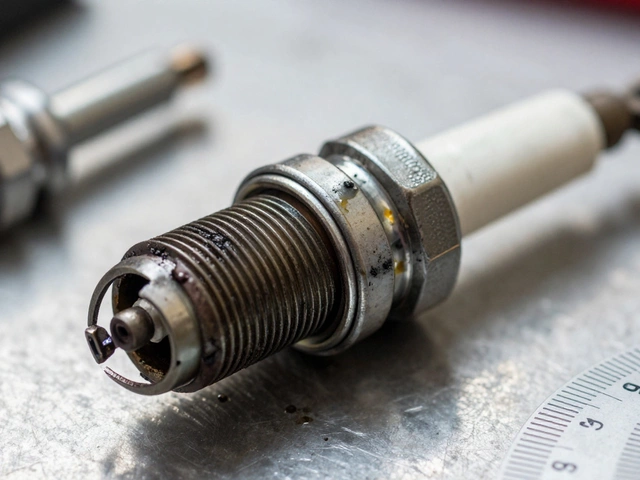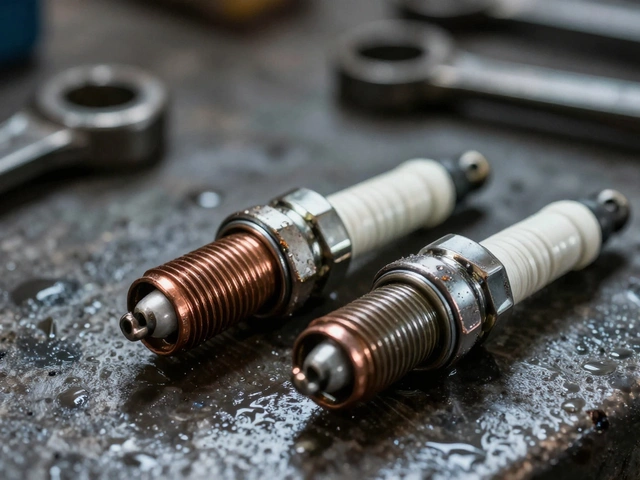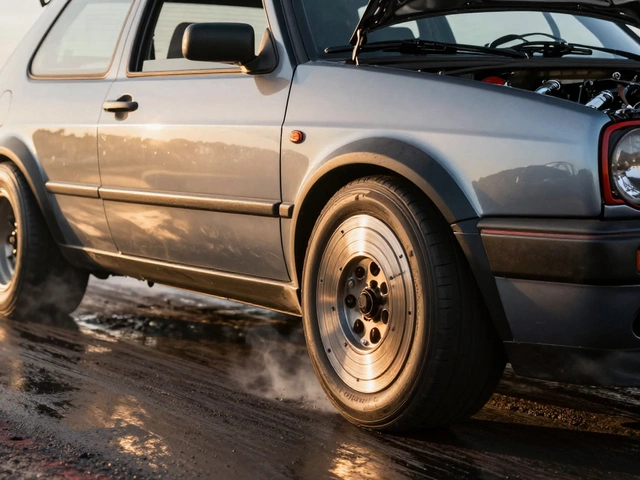Ever wondered why some 300 hp builds sound throaty and run strong, while others feel like they’re suffocating? The sweet spot isn’t just about flashy mufflers or a loud exhaust. Getting the right pipe size is a game-changer, and the difference between pulling hard on the highway or choking during a rolling start is usually just a couple tenths of an inch—literally.
Why Exhaust Size Matters More Than You Think
Lots of folks obsess about intakes, camshafts, and forced induction, but then bolt on any old generic exhaust. The funny thing? Your exhaust’s internal diameter will either let your engine breathe—a.k.a. make power—or turn your setup into a wheezy mess. Most car engines act like big air pumps, sucking in air, mixing fuel, and spitting out gases as fast as possible. Push more air and fuel in (think turbo, better intake), and you have to help the combusted gases out just as quickly. Too small of a pipe chokes the airflow out, piling on backpressure. Too big, and you lose low-end torque since exhaust gases slow down and don’t scavenge cylinders properly.
The biggest myth is that more is better. I get it—wide pipes look cool. But unless you’re gunning for 500+ hp, you’ll get lazy throttle and a raspy sound that’s more annoying than impressive. At 300 hp, you’re smack in the zone where the exact pipe diameter can give you noticeable gains or losses—not just on paper, but right there in your seat-of-the-pants dyno.
Back in a 2017 dyno test sponsored by Car Craft magazine, swapping just the exhaust pipe up a quarter inch on a 300 hp small block V8 netted a four horsepower bump—while going up an inch over stock killed torque almost everywhere below 4000 rpm. Those numbers might not seem massive, but on the actual street, it feels like jumpier response and a fatter powerband.
The Goldilocks Zone: Best Pipe Diameters for 300 HP
If you want specifics (and who doesn’t?), here’s the lowdown based on real-world dyno results, established math, and what top exhaust shops recommend. The magic number for a 300 hp naturally aspirated engine lands right between 2.5 and 2.75 inches for a single exhaust system, or 2-2.25 inches if you’re running a dual setup. This range strikes a balance between keeping the velocity high for low RPM torque and still flowing enough gas for top-end power.
Check out this quick reference table. It’s based on formulas that factor in horsepower, exhaust length, and RPM range (and plenty of trial and error by the track day crowd):
| Engine Output (HP) | Single Pipe Diameter (inches) | Dual Pipe Diameter (inches) | Best Use |
|---|---|---|---|
| 200-250 | 2.25 | 2 x 1.75 | Stock engines, mild tunes |
| 250-350 | 2.5 | 2 x 2.0 | 300 hp builds, street performance |
| 350-400 | 2.75 | 2 x 2.25 | Hot rodding, occasional track |
| 400+ | 3.0+ | 2 x 2.5+ | Forced induction, racing |
For a 300 hp street car—say a tuned Mustang GT, a stroked LS1 swap, or a turbo four-banger—2.5 inches single or dual 2-inch pipes almost always hit the sweet spot. It supports more horsepower than you have (think future upgrades), but won’t kill low-RPM response. If you go dual, keep both pipes equal length to avoid weird harmonics and uneven cylinder scavenging—the exhaust pulse timing is trickier than it sounds.

Factors That Change the Ideal Exhaust Size
Don’t just grab the tape measure and call it a day. Plenty of little things can mess with those generic pipe-size charts. For one, the type of muffler and number of bends in your system matters a lot. A straight exhaust with a high-flow muffler will need slightly less diameter than a setup full of tight bends and restrictions. Bends slow down gas flow and act like a traffic jam—one 90-degree bend can cut your flow by 15% or more. If your exhaust snakes around crossmembers or rear axles, consider bumping up a quarter inch from the chart above to compensate.
Another consideration: Is your 300 hp coming from a high-revving four-cylinder or a big V8 with gobs of torque down low? High-revving engines move more gas at higher speeds, so they benefit from a slightly larger pipe. If your daily driver is making peak power at 6000 RPM or above, edging up to a 2.75-inch single pipe isn’t going to kill your commute. Meanwhile, an old-school V8 that never revs above 5000 will feel snappier on 2.5 inches single, or dual 2 inches.
Now, forced induction throws another wrench in the works. Turbocharged engines create backpressure on their own since the exhaust gases have to drive the turbine before escaping. Here, it actually helps to go a little bigger (think 2.75 inches or even 3 inches for aggressive setups) to keep everything breathing. Supercharged and naturally aspirated engines play by the usual rules since there’s no turbine in the way.
Let’s not forget about materials, either. Stainless steel holds heat better and is smoother inside, which means gases flow easier than through plain steel or aluminized pipe. If you’re using stainless, especially mandrel-bent tubing, you can usually stay right in the middle of that Goldilocks range without issues—bonus points for awesome durability, too.
Tuning, Sound, and Real-World Tips for 300 HP Exhausts
Here’s something a lot of car guys only learn after a few late-night “what did I just do?” muffler swaps: exhaust isn’t just about flow. The diameter affects sound, cabin drone, and even emissions. A setup that’s too big might sound tinny, while small pipes usually end up muffled and bland. Get a good-quality resonator or choose a chambered muffler if you’re hunting for a classic rumble—these help control sound waves, which can stop those teeth-rattling drones at 2,500 RPM.
If you’re running cats (and you probably are, unless you like check-engine lights and random roadside chats with law enforcement), don’t skimp on high-flow versions. Restrictive converters can undo all your hard work, so pick something rated for your power goals or even a bit higher.
A lot of times, guys get obsessed with the main diameter and completely forget about the exhaust tips. Those matter too. Big, open tips may look cool, but they can actually disrupt flow or change the sound from deep to raspy. Pick tips sized to the main pipe diameter, and avoid sudden step-ups or step-downs that can create turbulence.
One of the smartest moves? Find out what other folks with your exact car and power mods are using—and which setups they hate. Car forums, track day chats, and even YouTube sound tests are pure gold. If you’re on the fence between two diameters, play it safe and pick the smaller one unless you’re actively building for even more horsepower. You’ll thank yourself with a happier daily driver that still snarls when you stomp on it.
And don’t forget, exhaust leaks from cheap welds or ill-fitting joints will murder performance more than being a quarter inch off in diameter. Get a reputable shop to do the bends and welds, or use high-quality clamps and slip joints if you like doing it yourself. Good clamps mean you can change up sections or mufflers later without cutting into your hard work.
The best part of dialing in the perfect exhaust is not just the dyno bump or the sound—it’s that feeling every time you mash the throttle and the car answers right back. Nail the right size now, and you’ll never hear "should’ve gone bigger" or "should’ve stayed smaller" echoing around your garage.








